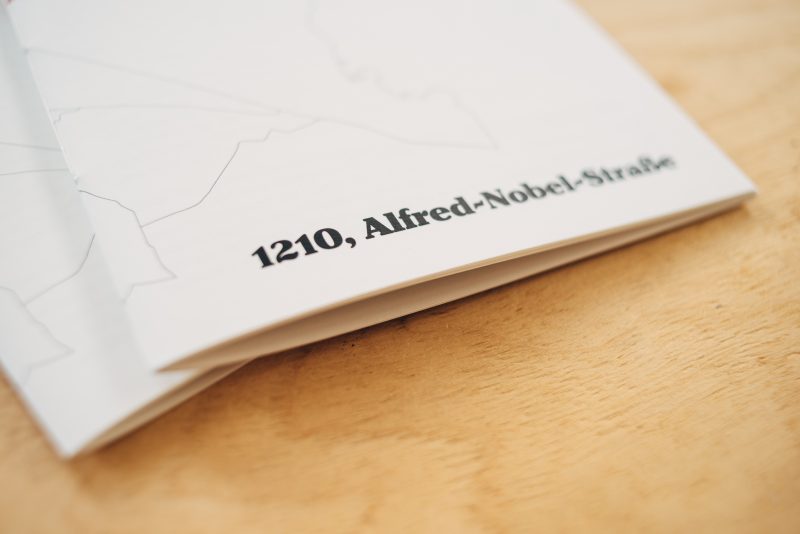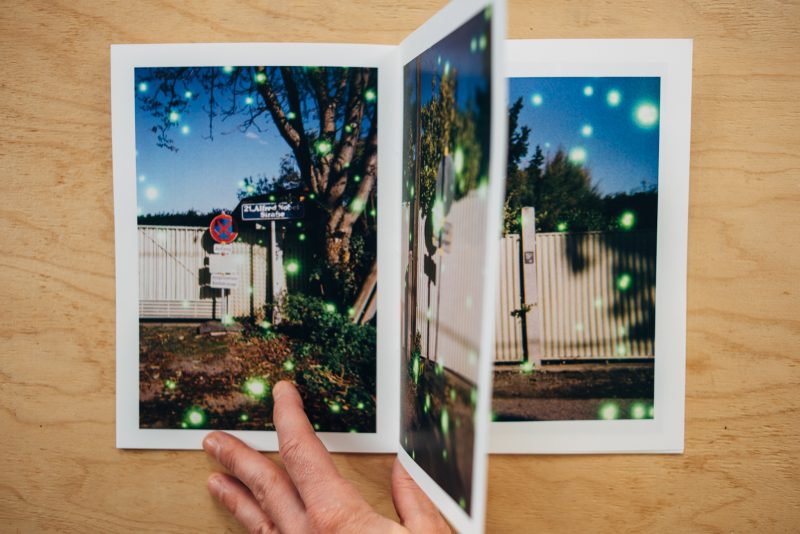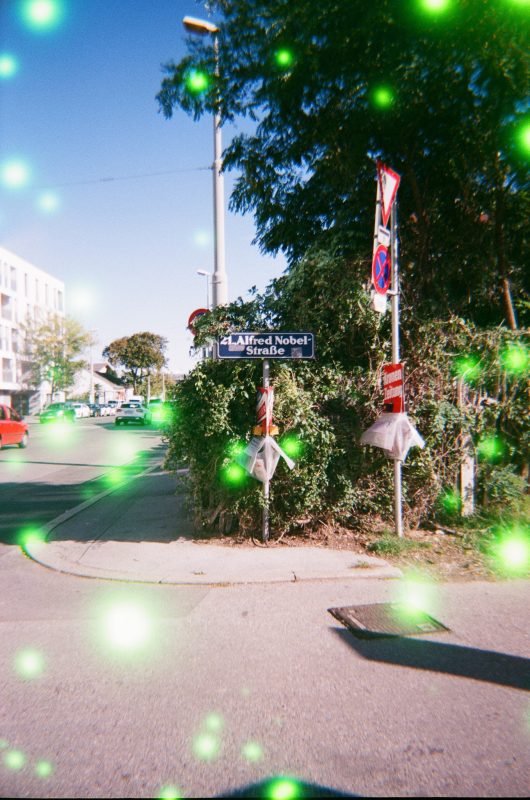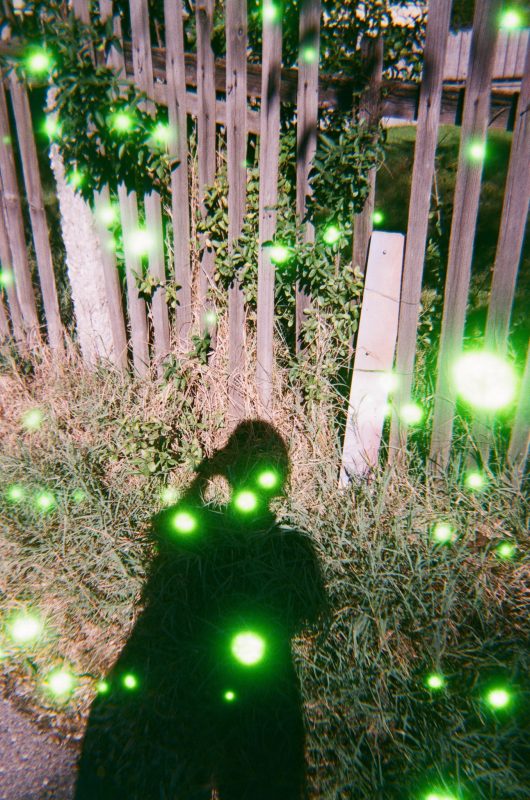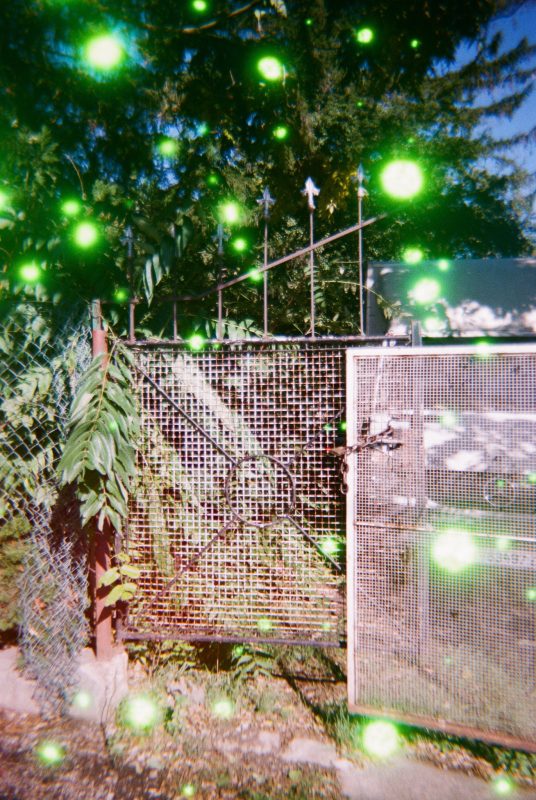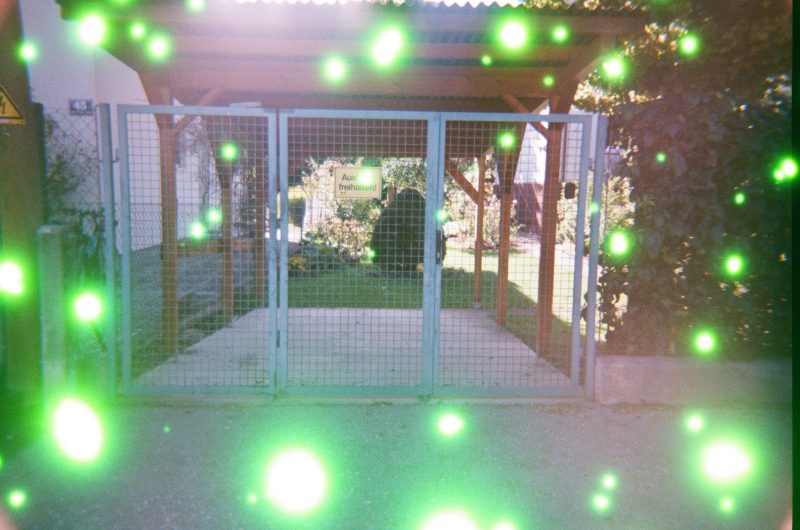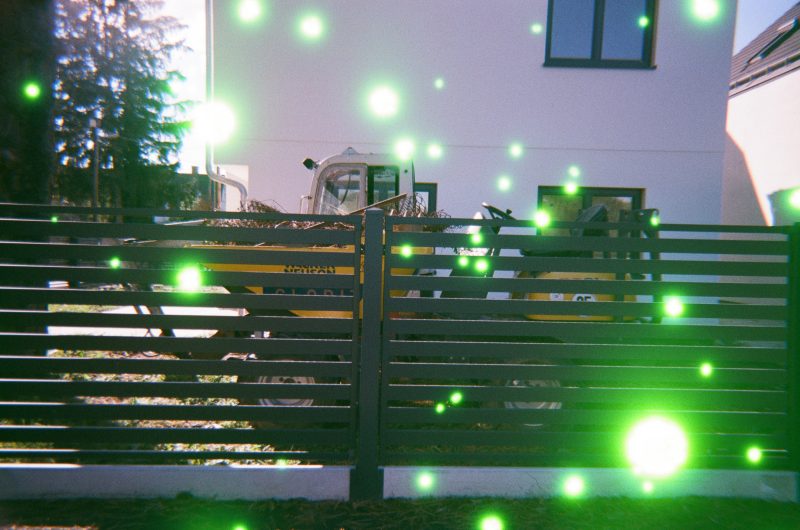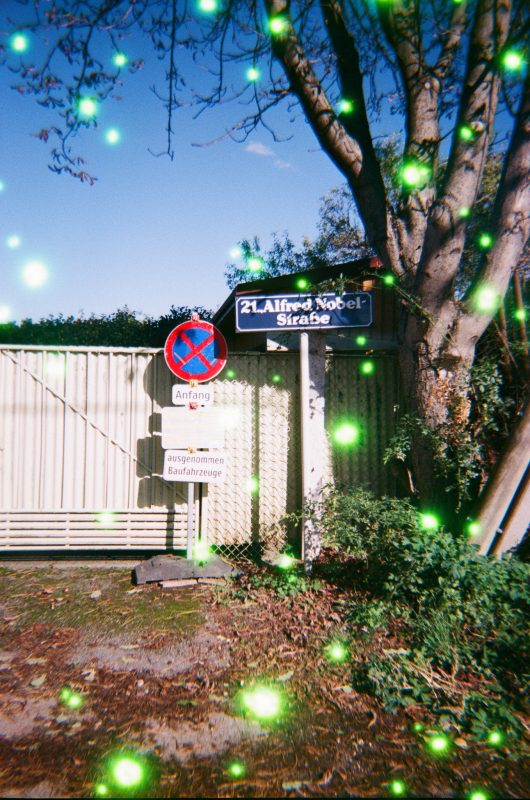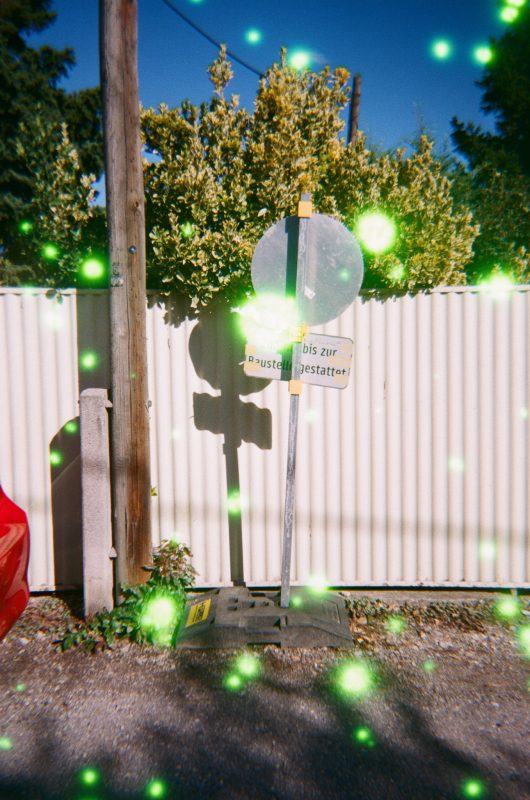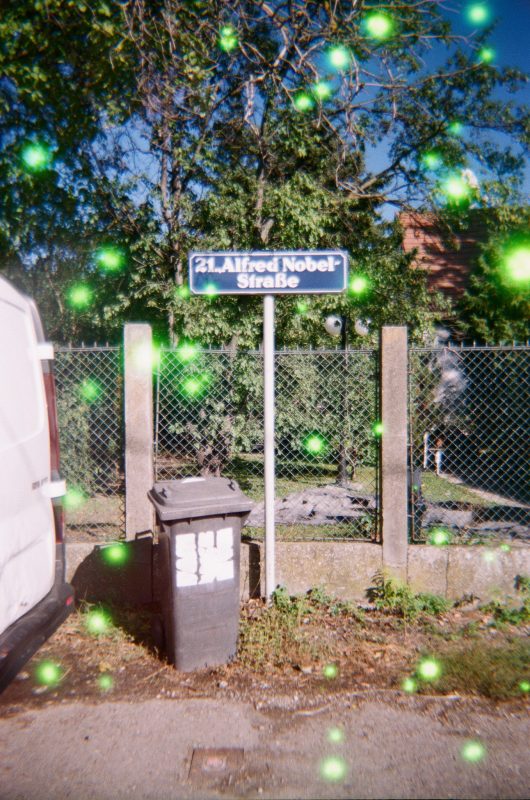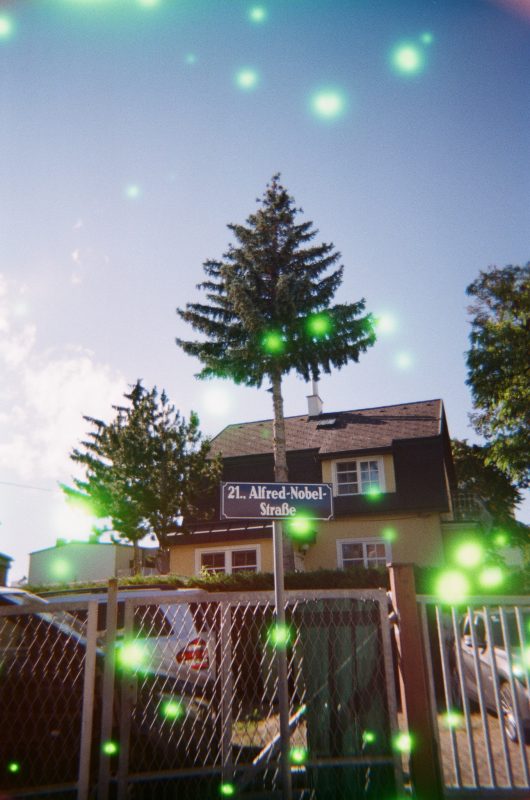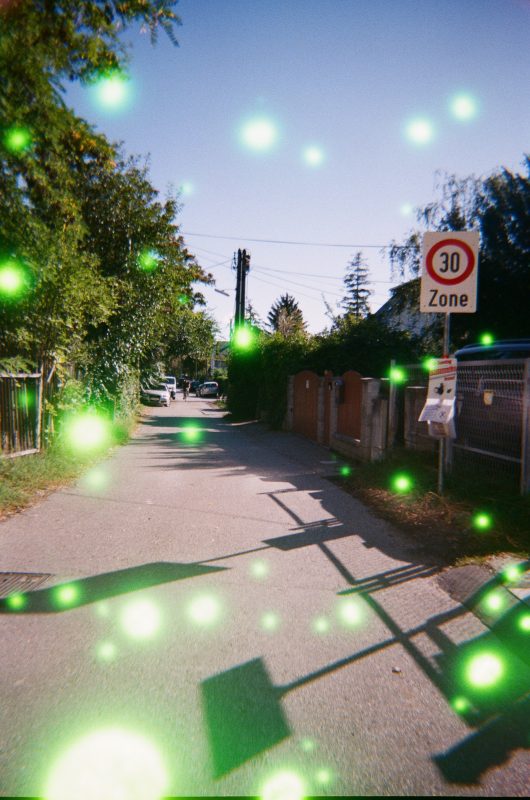Alfred-Nobel-Straße
1210 Floridsdorf
€ 12,00
Pages: 24 + cover
Edition: 5 + artists copy (first edition)
Date: 2020
Film: Revolog Volvox
Camera: dubblefilm SHOW
4 in stock
Buy a print
Alfred-Nobel-Strasse (Leopoldau), named in 1933 after the Swedish chemist and inventor Alfred Bernhard Nobel * October 21, 1833 in Stockholm; † December 10, 1896 in Sanremo, Italy). He was granted a total of 355 patents.
In 1842 Nobel came to Saint Petersburg, where his father, with the help of the Norwegian government, had founded some ironworks and supplied the Russian army. Thanks to the wealth of his father, Alfred enjoyed first-class training from private tutors.
In Paris in 1850 he met Ascanio Sobrero, who had discovered nitroglycerin three years earlier, but considered it unsuitable because of its dangerousness.
Nobel was very interested in nitroglycerine and from 1859 he directed his efforts to introduce it into technology as an explosive. In order to be able to blow up nitroglycerin with greater certainty, he developed the initial spark in 1863.
Several accidents occurred during Nobel’s experiments with nitroglycerin; in an explosion in 1864, in which Nobel was not present, his laboratory was destroyed and his brother Emil and four other people were killed. In 1865 he succeeded in mass production of nitroglycerin, which, however, also resulted in a number of serious accidents.
In 1866 he succeeded in producing a more manageable detonation explosive (apparently a chance find, even if Nobel denied it). In 1867 he acquired the patent for his product dynamite.
Nobel was able to build a fortune quickly through his invention. He owned over 90 dynamite factories around the world.
In 1876 Nobel met Sofie Hess, who became Nobels lover for 15 years. During this time, Nobel and Hess wrote several hundred letters to each other. In the letters Nobel mentioned i.a. chauvinism, gross racism and anti-Semitism. After Nobel’s death, the Nobel Foundation wanted to keep the letters secret; she bought the letters from Hess for around 300,000 US dollars, and in return Hess complied with the foundation’s request not to publish anything about her relationship with Nobel. It was not until 1976 that the Swedish National Archives granted some scholars access to the letters; it was not until 2017 that all correspondence was published.
He discussed war and peace intensively with Bertha von Suttner. In 1876 she replied to a job advertisement in the Wiener Zeitung Neue Freie Presse and accepted the position of private secretary at Nobel, but gave it up a week later. After years of exile in what is now Georgia, she became an important peace activist and exchanged extensive letters with Nobel. Nobel admired their commitment, but considered it more promising to influence governments than to mobilize public opinion like the peace movement. The friendly correspondence inspired him to donate the Nobel Peace Prize, which Bertha von Suttner was also awarded in 1905.
Since Nobel remained childless, he arranged for a foundation to be set up with his fortune of around 31.2 million crowns. Most of his fortune, approximately 94% of the total, he donated to the foundation.
Nobel determined that the interest from the Fund should be distributed annually as a prize to those “who have most profoundly brought mankind in the past year,” divided equally to winners in five fields: physics, chemistry, physiology or medicine , Literature and peace. Nobel emphasized that nationality should not play a role, rather the most worthy should receive the award.
Nobel also determined who should be responsible for awarding the prizes.
The Nobel Foundation was established in 1900. The following year, on the fifth anniversary of Nobel’s death, the Nobel Prizes were awarded for the first time.



